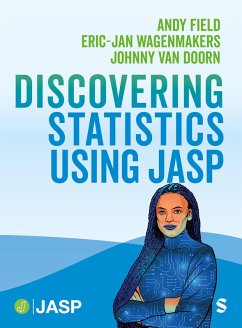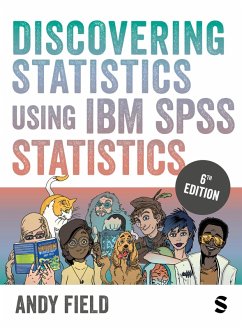
Presenting Statistical Results Effectively (eBook, ePUB)
Versandkostenfrei!
Sofort per Download lieferbar
34,95 €
inkl. MwSt.
Weitere Ausgaben:

PAYBACK Punkte
17 °P sammeln!
Perfect for any statistics student or researcher, this book offers hands-on guidance on how to interpret and discuss your results in a way that not only gives them meaning, but also achieves maximum impact on your target audience. No matter what variables your data involves, it offers a roadmap for analysis and presentation that can be extended to other models and contexts. Focused on best practices for building statistical models and effectively communicating their results, this book helps you: - Find the right analytic and presentation techniques for your type of data - Understand the cogn...
Perfect for any statistics student or researcher, this book offers hands-on guidance on how to interpret and discuss your results in a way that not only gives them meaning, but also achieves maximum impact on your target audience. No matter what variables your data involves, it offers a roadmap for analysis and presentation that can be extended to other models and contexts.
Focused on best practices for building statistical models and effectively communicating their results, this book helps you:
- Find the right analytic and presentation techniques for your type of data
- Understand the cognitive processes involved in decoding information
- Assess distributions and relationships among variables
- Know when and how to choose tables or graphs
- Build, compare, and present results for linear and non-linear models
- Work with univariate, bivariate, and multivariate distributions
- Communicate the processes involved in and importance of your results.
Focused on best practices for building statistical models and effectively communicating their results, this book helps you:
- Find the right analytic and presentation techniques for your type of data
- Understand the cognitive processes involved in decoding information
- Assess distributions and relationships among variables
- Know when and how to choose tables or graphs
- Build, compare, and present results for linear and non-linear models
- Work with univariate, bivariate, and multivariate distributions
- Communicate the processes involved in and importance of your results.
Dieser Download kann aus rechtlichen Gründen nur mit Rechnungsadresse in A, D ausgeliefert werden.













